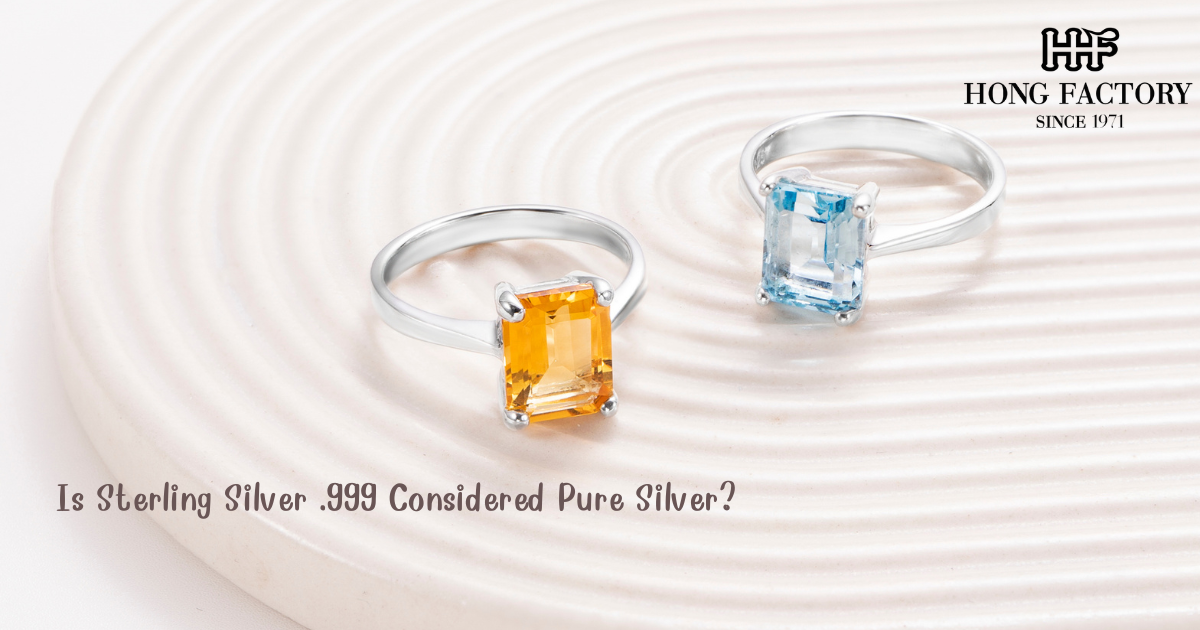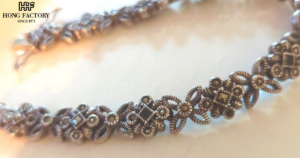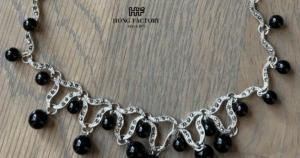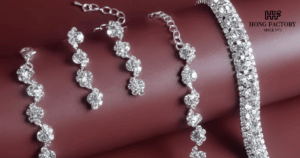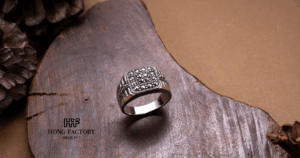Silver jewelry is admired for its radiant shine, but one common concern for collectors and everyday wearers alike is tarnish. Tarnish is the darkening or discoloration that forms on the surface of silver over time due to a chemical reaction with sulfur or moisture in the air. However, not all types of silver react the same way.
Many wonder Is Sterling Silver .999 Affected by Tarnish Easily? To answer this, we need to understand the composition of .999 silver, how tarnish forms, and how to protect jewelry from it. Jewelry wholesale thail and
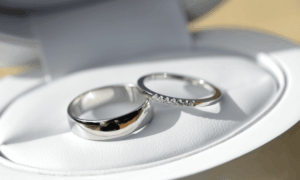
Understanding Sterling Silver .999
Sterling Silver .999, also known as fine silver, is one of the purest forms of silver available, consisting of 99.9% silver and only 0.1% trace impurities. Its exceptional purity gives it a luminous white appearance and a soft, smooth texture. Because it contains virtually no other metals, .999 silver behaves differently from traditional .925 sterling silver, which is composed of 92.5% silver and 7.5% copper or other alloying metals.
The lack of additional metals in .999 silver greatly influences how it reacts with the environment especially in terms of tarnishing.
Is Sterling Silver .999 More Resistant to Tarnish?
So, Is Sterling Silver .999 affected by tarnish easily? The answer is no not as easily as other types of silver. In fact, fine silver (.999) is significantly more resistant to tarnish compared to sterling silver.
Tarnish primarily forms when silver reacts with sulfur compounds in the air, producing silver sulfide, which appears as a dull gray or black layer on the metal’s surface. Because .999 silver contains almost no copper or reactive alloys, it has fewer sites for tarnish to develop. This means it stays bright and shiny for much longer under normal conditions.
However, “tarnish-resistant” does not mean “tarnish-proof.” Over long periods or in polluted or humid environments, even fine silver can develop a slight haze or dull patina.
Why Fine Silver Tarnishes Less
The reason .999 silver tarnishes less comes down to chemical stability. Sterling silver’s copper content speeds up oxidation when exposed to air and moisture. Fine silver lacks these reactive elements, so oxidation occurs more slowly. This is why fine silver coins and bullion bars retain their shine for years, even without frequent polishing.
Additionally, fine silver naturally forms a thin, transparent oxide layer that helps protect it from deeper corrosion, giving it a self-protective quality that sterling silver lacks.
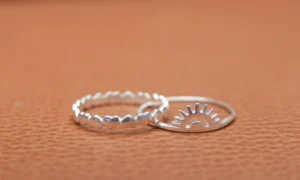
Factors That Influence Tarnishing
Even though .999 silver is highly resistant to tarnish, several external factors can still cause it to lose its brilliance over time:
- Air Quality: Areas with high sulfur content, such as near industrial zones or volcanic regions, accelerate tarnishing.
- Humidity: Moist environments encourage oxidation reactions.
- Body Oils and Sweat: Skin contact introduces acids and salts that can affect the metal’s surface.
- Storage Conditions: Leaving silver exposed to open air, perfumes, or household chemicals can speed up discoloration.
Understanding these factors helps in preserving the silver’s pristine shine for longer periods.
How to Prevent Tarnish on .999 Silver Jewelry
Although fine silver is naturally resistant to tarnish, proper care ensures it maintains its brilliance. Here are some effective preventive tips:
- Store Properly: Keep jewelry in an airtight container or anti-tarnish pouch when not in use.
- Avoid Chemicals: Remove jewelry before swimming, cleaning, or applying lotions and perfumes.
- Clean Gently: Use a soft, lint-free polishing cloth designed for silver. Avoid abrasive materials that can scratch the surface.
- Use Anti-Tarnish Strips: Place these in jewelry boxes or drawers to absorb airborne sulfur.
- Wear Regularly: Surprisingly, wearing silver jewelry often helps prevent tarnish since gentle friction polishes the metal.
The Beauty of Fine Silver’s Natural Patina
Some jewelry enthusiasts appreciate the natural patina that develops on fine silver over time. This subtle change in tone gives each piece a unique character and vintage charm. For handmade or artistic jewelry, this slight patina can enhance the design, giving it depth and authenticity.
However, if a bright, mirror-like finish is preferred, regular light cleaning will easily restore its shine.
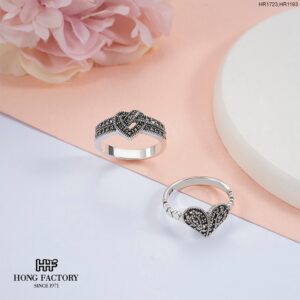
When to Choose .999 Fine Silver for Jewelry
.999 fine silver is perfect for collectors, artisans, and those who appreciate low-maintenance beauty. It is especially recommended for:
- Display or Special Occasion Jewelry – For pieces worn occasionally and stored carefully.
- Art Jewelry and Handmade Pieces – For showcasing purity and craftsmanship.
- Sensitive Skin Wearers – Since it’s hypoallergenic and free from nickel or copper.
For daily wear items like rings and bracelets, sterling silver may still be the better choice due to its increased strength.
The Purity Advantage
So, Is Sterling Silver .999 Affected by Tarnish Easily? Not at all. Its near-pure composition makes it one of the most tarnish-resistant silver types available. While environmental factors can still dull its shine slightly over time, it remains far easier to maintain than traditional sterling silver.
For those who value brilliance, purity, and low upkeep, .999 fine silver is a superior choice. With minimal care and proper storage, it can maintain its lustrous glow for generations, a true testament to the beauty of pure silver craftsmanship.
